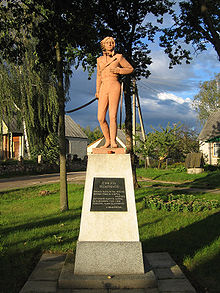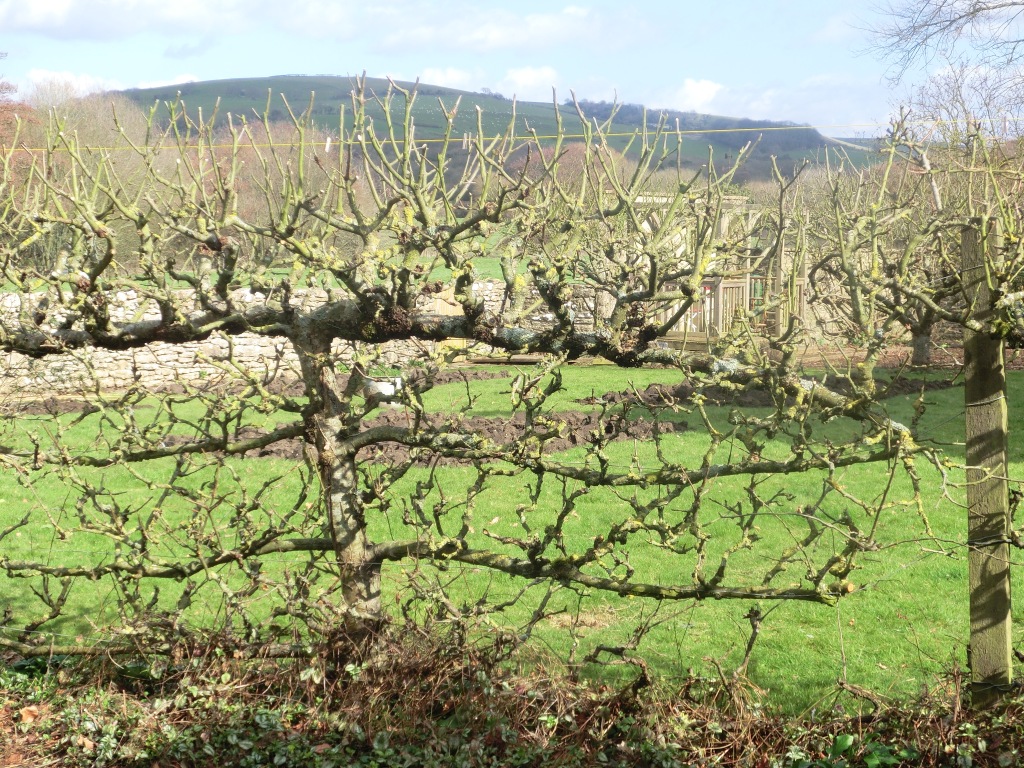Last year I did some filming with Kensington TV for a series called Museum Secrets, airing on Canada’s History Television channel.
Episode 14, Topkapi palace, is going out today.
Why were so many Sultans assassinated?
What would be the perfect way to murder a Sultan?
Topkapi Palace Museum is peaceful at night. But when the Sultans lived here, it’s likely they had trouble sleeping.
A traitorous vizier, a jealous wife, or an ambitious son – many might have reasons to murder a Sultan. During the Ottoman Empire, 19 Sultans were assassinated.
In the broadcast episode, we meet a man who is an expert in such matters. His name is Jason Goodwin – a detective novelist who sets his stories in Topkapi Palace during the Ottoman Empire.
We follow Jason as he examines murderous possibilities in the Sultan’s bathroom, at Istanbul’s famed spice market, and as he returns to Topkapi to consider the homicidal potential of the Sultan’s kitchen. Here Jason investigates if poison could be secreted into a Sultan’s food.
Is poison the best way to murder a Sultan? Or are other nefarious methods more likely to succeed?
All is revealed in Museum Secrets: Inside Topkapi.
Further Questions
Jason’s detective novels, set in Topkapi Palace, are filled with mystery and history. We invite you to check out a complete list of his works to date on Amazon.com.














